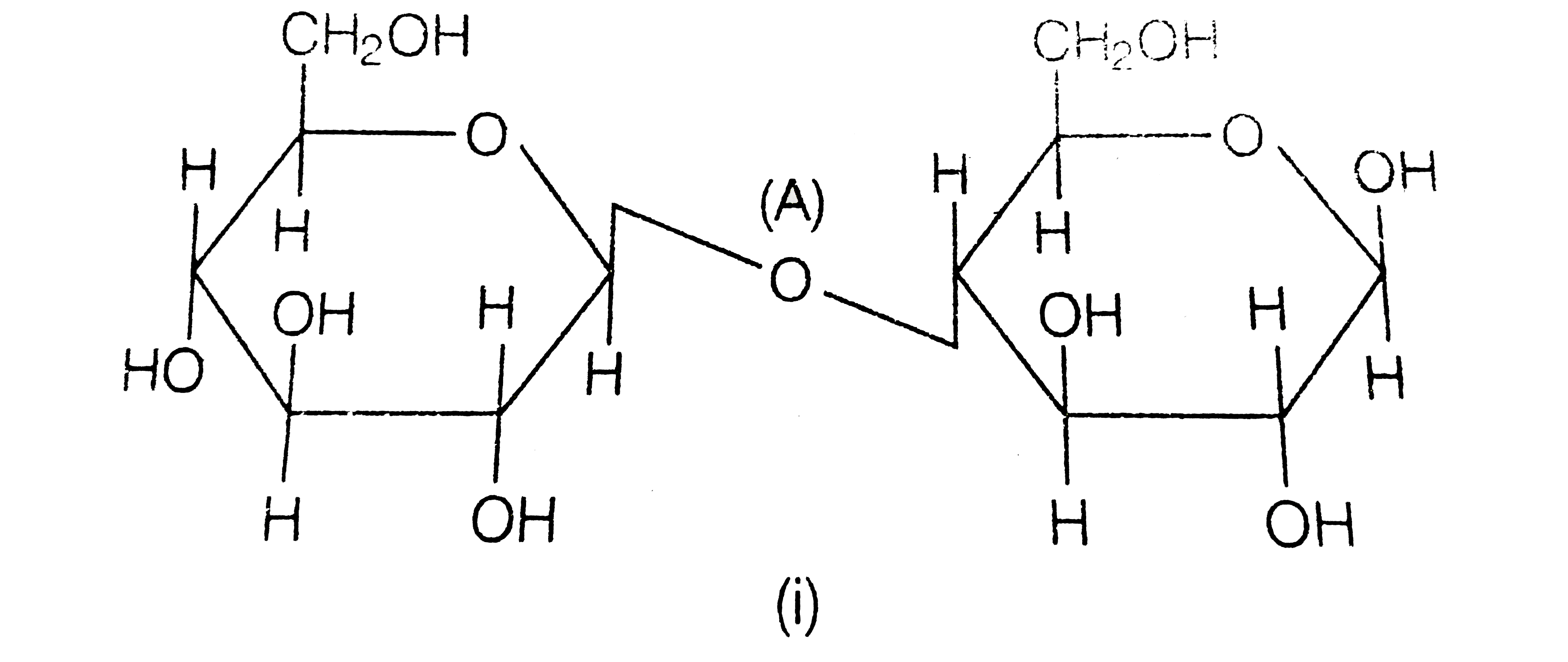How much linkage strength is present between two genes A & B, which are 6 cM far from each other in a chromosome ?
6%
≤50%
94%
Data insufficient
The correct Answer is:C
To find the linkage strength between two genes A & B that are 6 centimorgans (cM) apart, we can follow these steps:
1. Understand Linkage Map Distance:
- The linkage map distance between two genes is expressed in centimorgans (cM). This distance is directly related to the recombination frequency (RF), which is the percentage of recombination events that occur between the two genes during meiosis.
2. Identify the Given Distance:
- In this case, the distance between genes A and B is given as 6 cM.
3. Relate Linkage Map Distance to Recombination Frequency:
- The recombination frequency (RF) is equal to the linkage map distance in centimorgans. Therefore, if the distance is 6 cM, the recombination frequency is also 6%.
4. Calculate Linkage Strength:
- Linkage strength can be calculated using the formula:
Linkage Strength=100%−Recombination Frequency
- Substituting the recombination frequency:
Linkage Strength=100%−6%=94%
5. Conclusion:
- The linkage strength between genes A and B, which are 6 cM apart, is 94%.
Final Answer:
The linkage strength between genes A and B is 94%.
---
- The linkage map distance between two genes is expressed in centimorgans (cM). This distance is directly related to the recombination frequency (RF), which is the percentage of recombination events that occur between the two genes during meiosis.
- In this case, the distance between genes A and B is given as 6 cM.
- The recombination frequency (RF) is equal to the linkage map distance in centimorgans. Therefore, if the distance is 6 cM, the recombination frequency is also 6%.
- Linkage strength can be calculated using the formula:
Linkage Strength=100%−Recombination Frequency
- Substituting the recombination frequency:
Linkage Strength=100%−6%=94%
- The linkage strength between genes A and B, which are 6 cM apart, is 94%.
The linkage strength between genes A and B is 94%.
Similar Questions
Knowledge Check
- Question 1 - Select One
Depending upon the distance between any two genes which is inversely proportional to the strength of linkage, cross overs will vary from
A50−100%B0−50%C75−100%D100−150% - Question 2 - Select One
Depending upon the distance between any two genes which is inversely proportional to the strength of linkage, cross overs will vary from
(a) 50 − 100 %
(b) 0 − 50 %
(c) 75 − 100 %
(d) 100 − 150 %A50−100%B0−50%C75−100%D100−150% - Question 3 - Select One
At which stage of mitosis, the two daughter chromatids separate from each other, migrate towards the opposite poles and are now referred to as chromosomes of the future daughter nuclei?
AProphaseBMetaphaseCAnaphaseDTelophase
In a region, steady and uniform electric and magnetic fields are present . These two fields are parallel to each other. A charged particle is released from rest in this region . The path of the particle will be a
View SolutionThree structures are given below in which two glucose units are linked. Which of these linkages between glucose units are between C1 and C4 and which linkages are between C1 and C6?

 View Solution
View SolutionHow are alleles of particular gene differ from each other? Explain its significance.
View SolutionHow are alleles of particular gene differ from each other? Explain its significance.
View SolutionThree structures are given below in which two glucose units are linked. Which of these linkages between glucose units are between C1 and C4 and which linkages are between C1 and C6?


(a)(A) is between C1 and C4, (B) and (C) are between C1 and C6
(b)(A) and (B) are between C1 and C4, (C) is between C1 and C6
(c)(A) and (C) are between C1 and C4, (B) is between C1 and C6
(d)(A) and (C) are between C1 and C6, (B) is between C1 and C4View Solution

